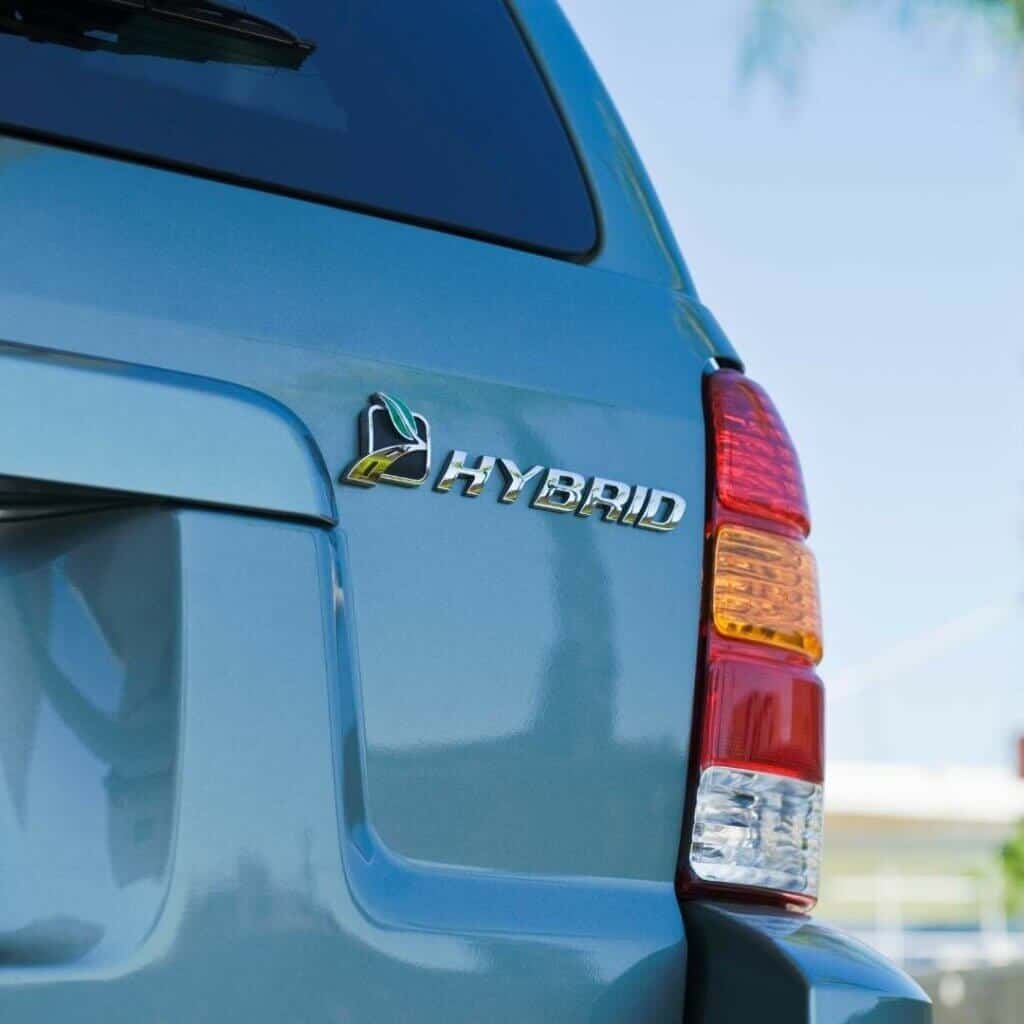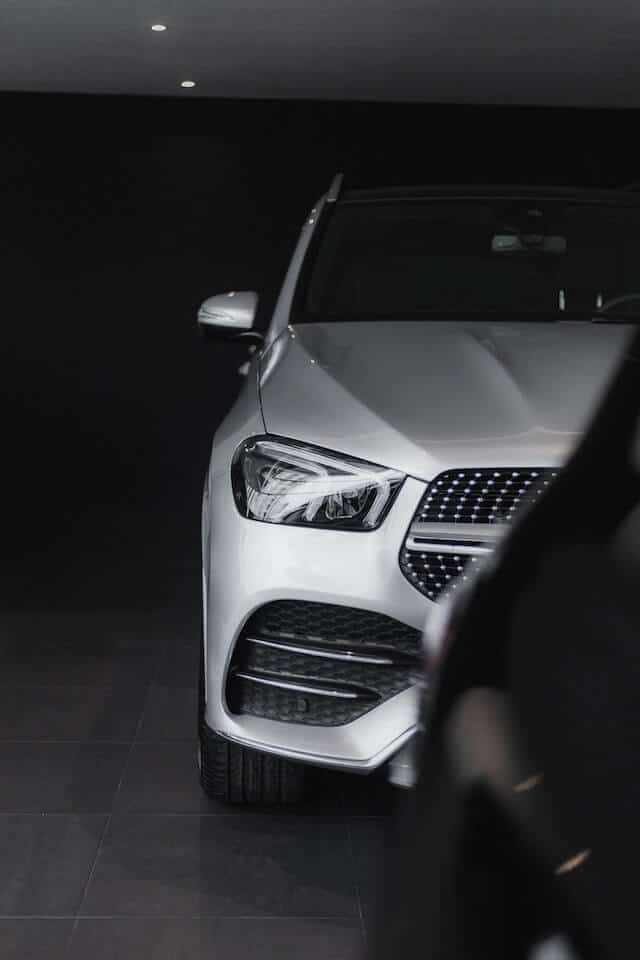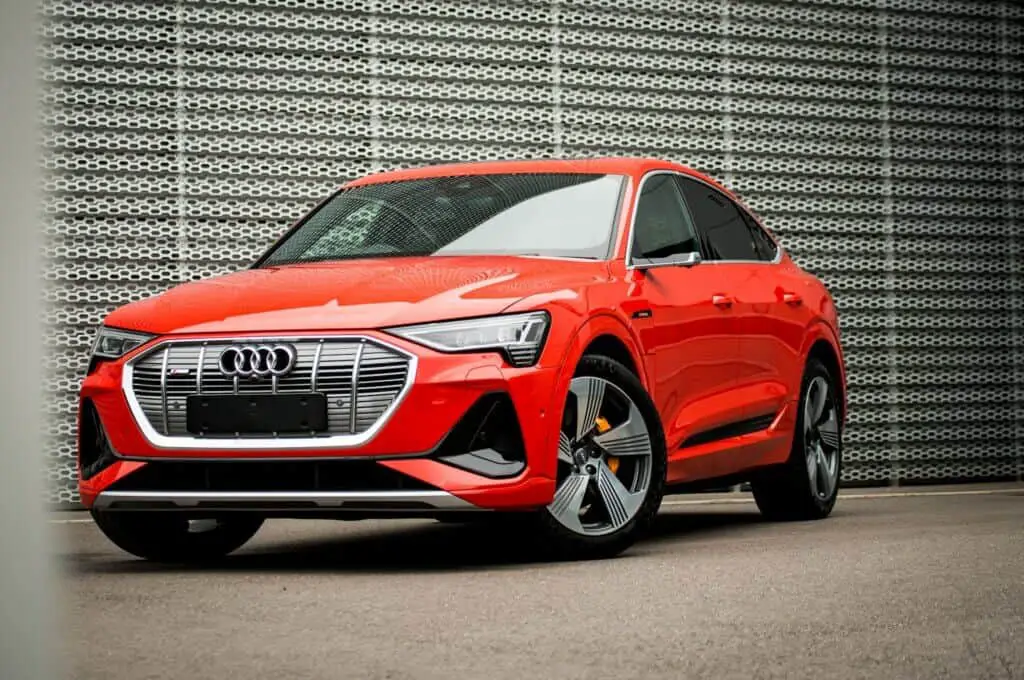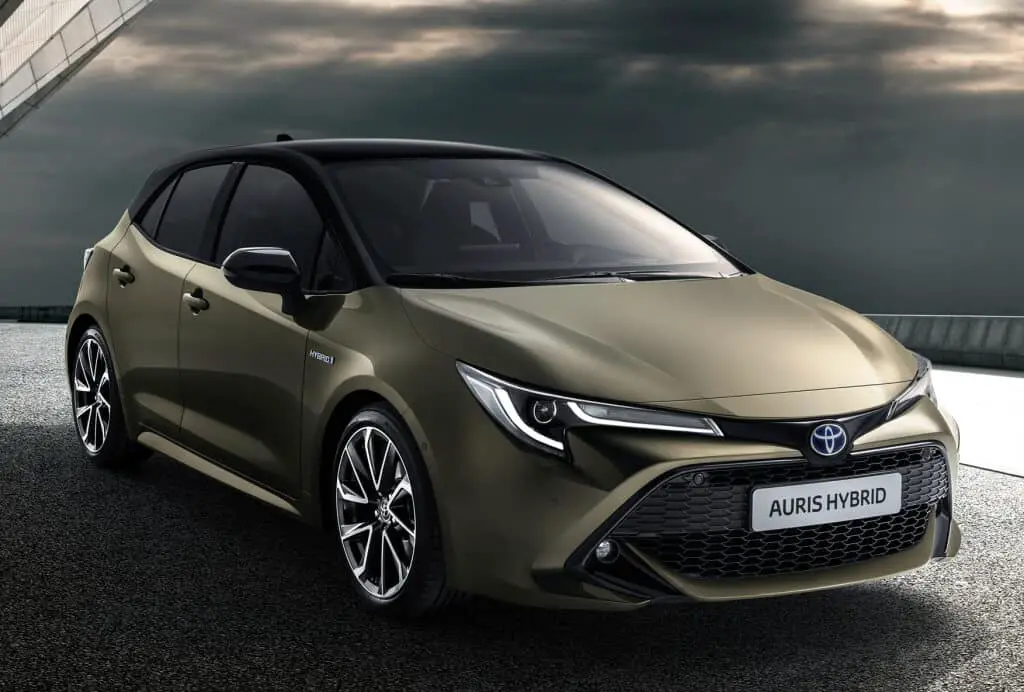Are you familiar with Tesla Model 3 Problems?
There’s a good probability that you’ve looked into a Tesla Model 3 if you wish to buy an electric vehicle. Just behind its sibling, the Model Y, in terms of sales last year, the EV is the second-best-selling model in the US.
It comes as no surprise that Tesla produces the top two EVs. The corporation is the sole force behind the automotive industry’s transition to electric vehicles, despite the valiant efforts of 100-year-old brands to keep up.
Is owning a Tesla, though, all sweetness and light?
Not quite. While most Tesla customers are happy with their vehicles, there are a few recurring issues. For example, since its release in 2017, the Tesla Model 3 has experienced several internal and external faults, including charging and touchscreen glitches.
Some people might be surprised by this, considering the vehicle has received and continues to receive its fair share of praise. According to Clean Technica, the Model 3 became the first EV to exceed the 1 million global sales mark in June 2021 [1].
In addition, it is a prize-winning favorite among EV enthusiasts worldwide. So why, then, do so many owners voice complaints about issues?
Tesla Model 3 Problems
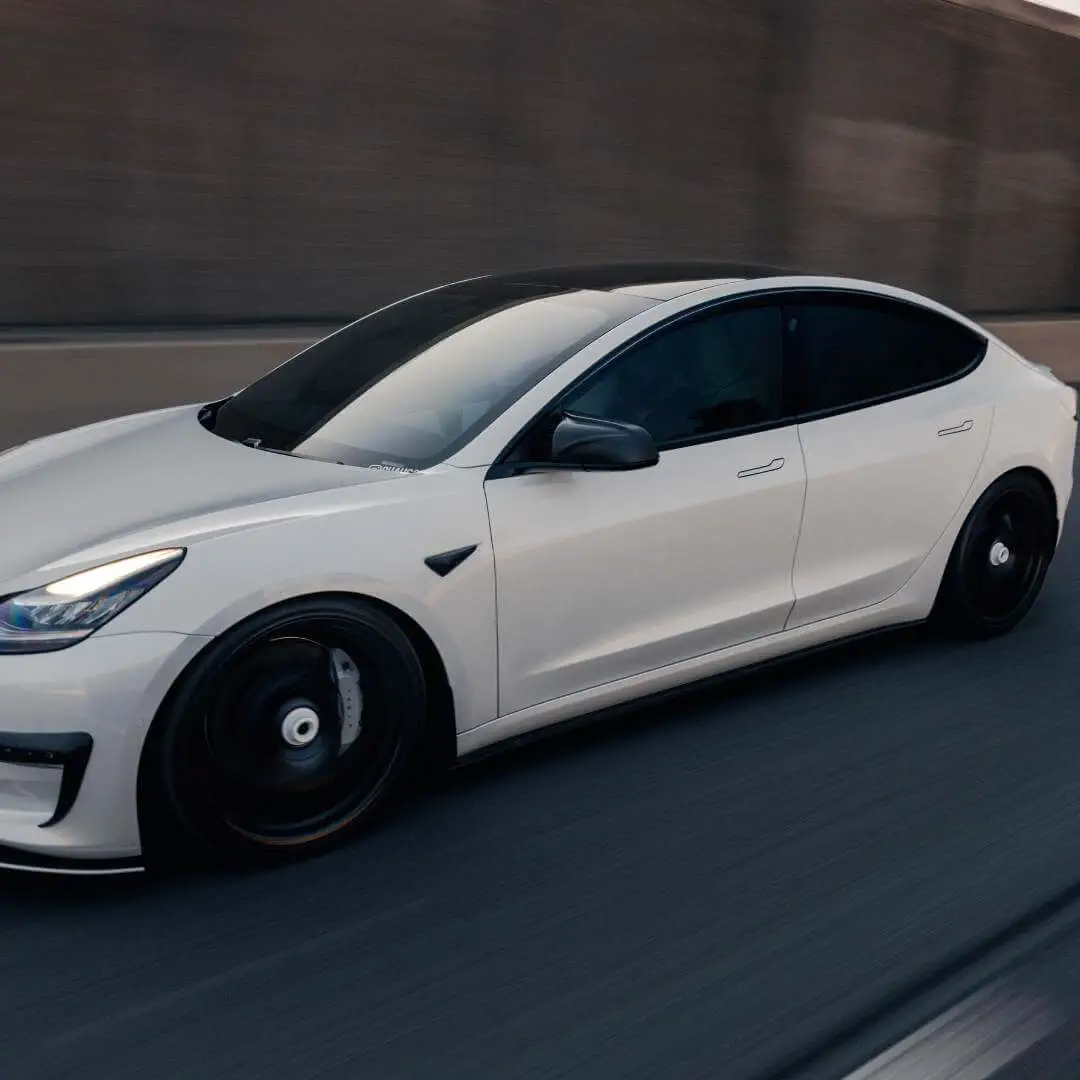
Critics argue that quality control concerns may be the cause, although Tesla has made steps to address them. Some of these problems have been publicly handled through recalls. As of this writing, Tesla has already issued seven Model 3 recalls for 2022.
However, some of these problems haven’t received the satisfactory resolution they deserve, so class-action lawsuits against the company may be filed. Here is some criticism Model 3 EV users have made, in case you’re considering purchasing one.
- Phantom Braking
The most common issue with the Model 3 is phantom brakes, according to Car Problem Zoo, a website that tracks owner complaints. The more recent Model 3s that just have camera-based Autopilot systems, as opposed to the earlier one that incorporates both cameras and radar, experience this issue more frequently.[2]
The vehicle will occasionally brake suddenly for no apparent reason while Autopilot (AP), Traffic-Aware Cruise Control (TACC), or Full-Self Driving (FSD) modes are activated.
The vehicle’s automatic emergency braking (AEB) and forward collision warning (FCW) systems cause the rapid braking. Additionally, Tesla has previously issued recalls for the Model 3, Model Y, Model S, and Model X to address the problem, which is not limited to the Model 3.
- Tail Light Condensation
In a recent survey by Jalopnik, the Tesla Model 3 was named one of the most overrated vehicles. Even though this ranking is entirely arbitrary, it appears that issues with quality control may be one of the main causes of this impression.
Moreover, Leaking, which the car is purportedly prone to, notably behind the tail lights, is a typical problem mentioned by some Model 3 owners.[3]
If left unchecked, this could result in tail light condensation and rusting, as shown in many pictures and articles published by Inside EVs.
Some Tesla owners have also reported charging issues caused by software bugs and defective charging ports. Fortunately, power cycling the car may fix many of these issues.
- Charge Port Issues
To ensure that all the parts and ports are operating as they should, you should perform a 100.000-mile update and service on the vehicle. However, it happens frequently with these less expensive Tesla models (such as the Y and 3), and the most typical problem is a loose port.
However, the port and pins won’t survive beyond 150,000 miles, whether caused by hard handling when the car is being charged. Problems with level 2 charging could also arise.
Before the vehicle is fully charged, the charging occasionally stops. The Tesla Model Y had charging issues as well [4].
Before having the Tesla Model 3 repaired, be sure it will change, utilizing both level 2 and superchargers to ensure everything is working properly. Before determining whether it is worthwhile to purchase a used Tesla, be sure to check for charging problems.
- Panel Gap Issues
Panel gaps are the lines found between doors or between the hood and fender of a car. These can happen if components are assembled incorrectly. Even though they are ugly to look at, unless there is a major problem, they rarely impact a car’s performance.
Tesla Model 3 vehicles received criticism for having panel gaps when they were first released. Silicon Valley Business Journal reported in 2018 that the Model 3 was examined by Michigan-based car industry veterans Munro & Associates.
The assessment contained claims regarding potential quality issues involving the panel gaps.
But it appears that might not be a problem anymore. That same year, Tesla responded in a Motor Trend piece to ease customer concerns.
The carmaker said that its building procedures for its EVs had advanced by 40% compared to previously issued models and that it had filled in the gaps in the rear quarter panel, rear lamps, and trunk sections [5].
The demand for Tesla vehicles is at an all-time high despite these potential quality control flaws. Many of these errors have been resolved over the years. The automaker is currently concentrating on increasing output in 2022 as the demand appears to outpace the supply.
- Glass Roof Issues
Several Model 3 owners have complained that the panoramic glass roof has developed cracks in earlier model years. Of course, there’s a chance that a collision caused these cracks, but Tesla has also had to replace many glass roofs after discovering that they were the result of production flaws or stress fractures.
Similar pressure cracks can appear in the windshield and back glass of the Model 3. Some owners have also pointed out that the Model 3’s windshield is more likely to fracture after being struck by debris than other cars.
Additionally, there have been complaints of Model 3 windows breaking spontaneously.
- Poor paint jobs
Some Tesla owners have claimed that paint on the Model 3 prematurely deteriorates in cold weather. This seems to be caused by grit and salt being blasted against the vehicle while it is being driven. This paint degradation is most noticeable around the wheel well and fender.
The problem appeared so severe that Tesla decided to provide its customers with a free weather protection kit to help preserve the paint. Jean-François Bellerose brought a class-action lawsuit against the carmaker in Quebec in 2019.
He did this after discovering black paint chipping on the lower rocker panels of his Model 3 only six months after purchasing it.[6]
According to accounts from some owners, the paint difficulties aren’t just restricted to cold weather driving, though; sadly, the quality control issue doesn’t seem specific to the Model 3.
According to Auto Evolution, a Model Y client in Luxembourg provided pictures of what he claimed was a poor paint job that was there when the car was delivered [7].
He stated that the paint job was within the company’s “internal margins.”
- Touchscreen not working
The safety of their drivers may have suffered a little in Tesla’s quest for a sleek, modern appearance. While the touchscreen function centralizes many of the car’s controls, it can also be risky because it causes drivers to take their gaze away from the road to change the cruise control or check the clock.
The Model 3 considerably increases drivers’ likelihood of becoming distracted because it lacks a Head-Up Display (HUD) on the dash in front of the steering wheel.
Additionally, the occurrence of a touchscreen failure, a problem that is also frequently reported by drivers, can result in a wide variety of issues, from inconsistent charging to navigational difficulties.
Drivers have complained about overheating, errant sound system activation, and lockout incidents when using touchscreen controls.
- AC not working
Owners in cold and wet regions are discovering that their Model 3s are occasionally unable to withstand extreme weather.
- Heat pump issues: Tesla’s heating systems occasionally experience problems in cold areas, frequently due to malfunctioning release valves. This has sometimes resulted in internal climate control failure and insufficient defrosting, which prevents drivers from seeing out the front windshield.
- Subpar undercarriages: Owners have complained that after driving over puddles, they discovered that the composite underneath their car had been shredded or damaged. Undercarriages have been known to collapse in damp situations,
- LFP and Lithium-ion batteries: In Europe, it has also been demonstrated that the lithium batteries used in imports operate worse in cold climates, resulting in a range reduction of up to 25%, a feature that has surprised some drivers.
Even though updates and replacement components have frequently been released, Tesla hasn’t always been able to fix these issues.
- Grinding noises
When the Model 3 is tilted to either side, we also encountered the annoying issue of the cooling fan scratching and generating a loud grinding noise. This would occur when the AC is turned on, indicating a problem with the cooling fan that circulates air within the car.
Because they are quite specific to the Tesla series, these cooling components are often not something a standard mechanic is familiar with. If you encounter this problem, you must take it to a Tesla service facility to be examined.
After your Tesla has been parked, if you notice an odd humming noise, it’s not your Tesla [8].
- Suspension problems
The Model 3’s suspension system may present some issues for you. For instance, the front wheels on either side may start to feel a little unsteady after 100,000 km. You can get new suspensions for a Tesla, but it takes a lot of labor (you’ll get close to a pallet of boxes). And you should take it to a repair shop (Tesla particularly!) if you’ve never worked on a car’s suspension before.
Consider utilizing a raise kit to lift the car if you’re going to fiddle with the suspensions (and I stress IF because it’s a lot of effort!). Of course, you’ll only have a few inches to work with, but it can look awesome! Driving the Model X will definitely give you an exhilarating sensation.
- Limited support for Android Auto and Carplay
Another typical complaint from Tesla owners is this. If Tesla had enough onboard apps to make up the difference, it could get by without, but it doesn’t.
However, Tesla’s most sophisticated programs include most of its software’s issues. For example, in AutoPilot and Full Self-Driving modes, many drivers report problems ranging from phantom brakes to close calls and accidents.
These problems could have been easily prevented if Tesla also provided a standard cruise-control program, but as it is, the only options are AutoPilot or Fall Self-Driving.
Read Also: Kia EV6 Problems
General Tesla Model 3 Pros
Despite these drawbacks, the Model 3 still has a great deal to offer drivers. With the Long Range variant reaching up to 358 miles on a single charge, it boasts one of the best plug-in driving ranges available.
Additionally, it offers a top-notch driving experience, with some drivers comparing it to non-electric manufacturers like BMW. By any metric, the Performance model’s acceleration from 0 to 60 mph takes around 3.5 seconds.
Although the touchscreen can sometimes be challenging, there’s no doubt that the inside has a clean, modern feel. It also comes with plenty of innovation. For example, the model offers the quiet, smudge-free speed for which electric vehicles are renowned.
Related: Audi E-tron Problems
The most recent EV technology is also made available to drivers by Tesla, and despite some minor bugs, features like Autopilot and landscape Blind Spot Warnings are setting the standard.
The Model 3 is a great alternative from a practical standpoint because it has a lot of cargo room and is reasonably priced, with the base trim starting at $48,440.
Access to Tesla’s extensive network of Superchargers reduces charging-related concerns, which is undoubtedly beneficial for lengthy road journeys.
The cost of a Model 3 is obviously high. Elon Musk intended to sell it for $35,000, but the starting price of the vehicle is currently $47,000. With an average annual cost of $3,149, auto insurance is also not exactly cheap. But you may significantly lower the cost by doing due diligence before making a purchase.
Read Next: Polestar 2 Problems

